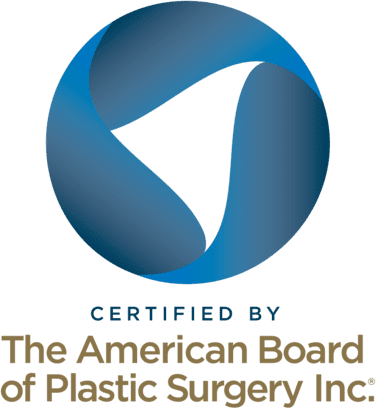The only absolute requirement to return to driving, is that a patient has not taken pain medication within 12 hours. After a patient is no longer under the influence of narcotics, a patient must evaluate for themselves if they believe they have all the necessary faculties to safely drive. These would include ability to completely rotate the neck and perform evasive maneuvers as needed, without hesitation. In this sense, once a patient feels comfortable to perform all the necessary aspects and duties of driving, they may consider doing so. For many individuals this occurs at approximately 10-14 days after surgery, although for some, depending on the nature of their operation …
TRICARE, the insurance company that covers active-duty military and their dependents, does in fact cover some costs for gender-affirming healthcare. To learn more about the specifics of TRICARE transgender coverage, check out SPART*A’s resources on the topic and read their F.A.Q. document for trans military service.
You can contact your insurance provider to get your “summary of benefits and coverage,” which is a booklet that will tell you everything that is and is not covered by your insurance plan (including gender confirming procedures). You can also call your insurance company and ask, although it is recommended that you speak to at least a couple of different representatives to ensure you are receiving accurate information. We are happy to work with you to get your procedure covered by insurance. Please contact our Insurance Concierge to learn more about this process. To learn more about other plans, follow this link to read the National Center for Transgender Equality’s …
To learn about which companies we usually have success with, and to find out more about our insurance coverage policies, click here. To find out what Healthcare.gov recommends for trans, nonbinary, and gender-expansive patients, read this page on “Transgender Health Care.” To learn more about transgender health coverage, follow this link to read the National Center for Transgender Equality’s page on healthcare.
We are happy to work with you to get your procedure covered by insurance. Please contact our Insurance Concierge to learn more about this process. While many insurance companies offer coverage for gender-affirming surgeries and treatment, some unfortunately do not. If you have a Healthcare.gov insurance plan, read this page on “Transgender Health Care” to learn more about insurance coverage for related to your gender-affirming needs. If you wish to make an appeal, that is, to petition your insurance company to cover the cost of a specific procedure or treatment that they do not already cover, follow this link to learn about the appeals process through Healthcare.gov. To learn more …
Some people experience difficulty breathing, skin irritation/chafing, and/or acne. Often side effects are associated with wearing a binder that is not the correct size or wearing it for too long. If you are confident you are wearing a binder that is a good fit for you and continue to experience issues, you should see your primary care doctor. Practice harm reduction and read up to learn more on how to bind more safely. You can learn more about breast binding safety on minus18.org or point5cc.com.
Typically, the safest methods for chest binding involve using well-fitted binders and/or other materials specifically designed for binding. Compressing your chest with ace bandages, duct tape, or other materials not designed for binding is dangerous and can lead to intense constriction in the lungs and ribs or cause chest pain. These methods are not recommended. If you are experiencing any of these symptoms, we recommend that you stop binding as soon as possible. Some important safety tips are to bind for no more than 8 hours during the day (with breaks, if possible) and to take off your binder before sleeping. Click here to read about brands we recommend for …
There is no scientific evidence that shows an increased risk for breast cancer associated with long-term chest binding. However, we recommend that all people still stay vigilant about their chest health whether they bind or not. Undergoing age and risk appropriate screenings such as mammograms are still best practices to detect and prevent the growth of breast cancer. Click here to view a detailed page on performing self chest exams (content warning for gendered language on this page). To learn more about chest health, please consult with your primary care physician.
You have options if your insurance company does not cover chest reconstruction top surgery. First, you can pay out of pocket for the cost of surgery. If this is not an option for you, we have developed a resource page for our patients to learn of alternate funding sources. Click here to view our resource page and learn more about the Care Credit program, crowdsourcing, and grants through groups like Point of Pride and the Jim Collins Foundation.
Total out of pocket costs without insurance coverage for chest reconstruction top surgery at our office can range between $14,000 to $17,000 for cash-pay patients. Insurance coverage can drastically reduce these costs. You can view our page on top surgery costs and insurance coverage for gender-affirming surgery to learn more.
Request a Free Surgical Consultation Today.
All virtual and in-person consultations with our board-certified surgeons are free. Once you fill out this form, our patient care team will reach out and guide you through every step to get to surgery.




